Lot clearing is necessary to expand your lawn or construct a home improvement. In some cases, you can do this process on your own. You could seek help from your family members or friends to help you remove uprooted trees, hedges, or shrubs. However, this may require skills, equipment, tools, and a lot of strength.
If you’re planning a lawn expansion or a home renovation, you may consider hiring an arborist for lot clearing. If you haven’t hired one before, you may still have questions regarding this matter. Here’s an article for you to fully understand the need to hire one. So, read on.
1. Wide Array Of Services
Arborists or tree surgeons help property owners through different services, such as:
- Pruning
If you wish to retain the trees and plants in your area despite needing more space, you may hire an arborist to remove some parts of the trees. In many cases, arborists can apply a particular type of pruning that’s appropriate for a specific tree.
- Tree Removal
Since lot clearance requires tree removal in most cases, you may need an arborist to cut down the trees systematically. In addition, arborists could take down those that obstruct the possible expansion or renovation. Some tree surgeons could also transfer trees into new locations through earth balling. However, this could make tree removal more expensive.
- Tree Care
Apart from pruning and removing trees and shrubs, arborists could install braces and cables to trees needing support. This way, they could prevent it from falling on your property and future obstacles that may cause hazards.
In addition, arborists could also apply soil aeration to your plants needing root growth.
2. Tools And Equipment
Aside from skills, arborists have different tools and equipment for lot clearing. These may include the following:
- Rigging Tools
Rigging refers to the dismantling of the different parts of trees. Arborists use ropes, pulleys, and heavy-duty slings to carry this out successfully. They also use cable hoists, thimbles, powered pullers, rigging plates, and winches.
- Climbing Tools
Since arborists do a lot of climbing, they use ascenders and descenders in climbing up or down safely. In addition, they also use special saddles, spurs, and gloves for better gripping. Furthermore, they wear protective clothing and hard hats to protect themselves from debris and bumps.
- Cutting And Trimming Tools
Arborists use chain saws, hatchets, woodchippers, wedges, and handsaws for cutting trunks. They also use pole saws and shears in cutting limbs and branches, and in pruning trees. If they’d be just reducing tree crowns, tree surgeons use smaller pruners and saws, especially if the process is more intricate. Arborists also use hedge trimmers for shrubs, vines, and similar plants.
3. Systematic Clearing
Arborists are usually organized and follow a detailed plan in clearing lots. Generally, the process is as follows:
- Site Inspection
This refers to the collective process of assessing the lot, understanding the soil type, and identifying the variety and sizes of trees and plants. Also, this groups the plants to be cut or trimmed down. This may also include inspecting the existing structures and hardscapes that may hurdle the clearing.
- Stump Grinding Or Removal
Arborists grind the stumps or remove them entirely, depending on the need for expansion or the property owner’s preference. Apart from grinding and similar works, this process may also include the removal of other obstacles, such as irrigation lines and underground pipes.
- Tree Removal
This may include a lot of cutting, pruning, trimming, and rigging. Apart from these, this process also includes maintaining the beauty of the landscape and minimizing risks on the property.
- Land Grading
This refers to the ground leveling to make it ideal for construction. It ensures that all excavations are filled in. Generally, arborists add soil and rocks to serve as a solid foundation.
4. Certification And Experience
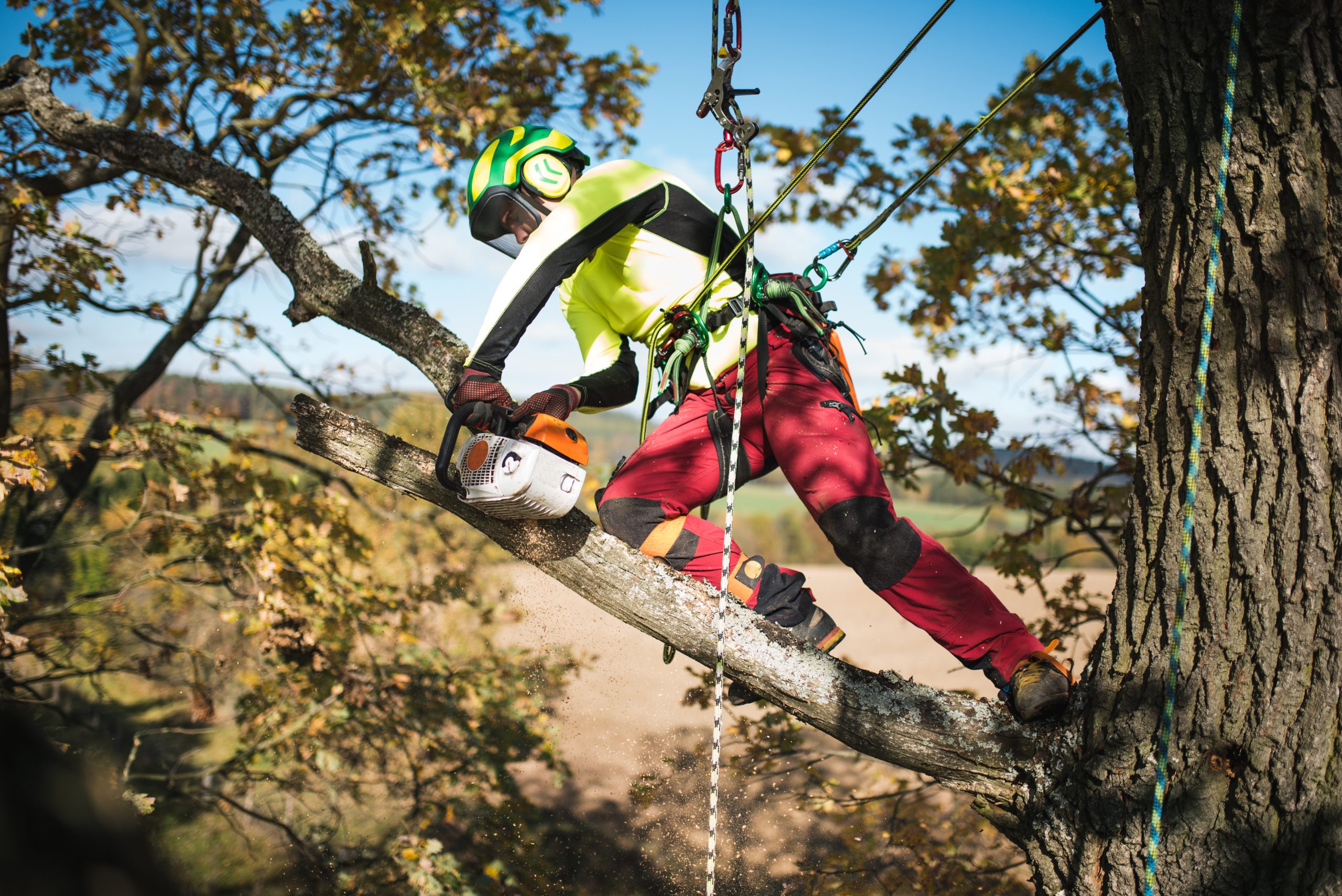
Arborists often undergo measurable assessments after weeks or months of training. In many cases, they’re awarded certifications after studying the fundamentals in tree biology, plant diseases and diagnoses, and maintenance practices.
Arborists are often required to continue their arboriculture education to maintain their certification. Because of this, they’re generally updated with the latest techniques in tree care and removal. Apart from certification, you may consider their relevant experience as one of your determinants before hiring one.
Final Thoughts
Before hiring an arborist, you should assess your expansion or improvement needs. As much as possible, you should consider maintaining the presence of trees and shrubs in your property to optimize the natural background of your space. For better results, you may ask your contractors to coordinate with your chosen arborist to make everything clear and organized before the digging and rigging starts.

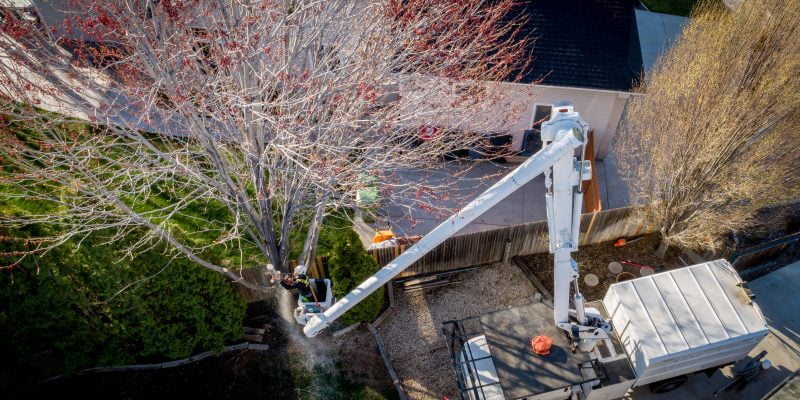
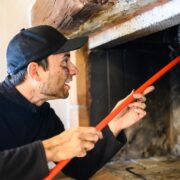
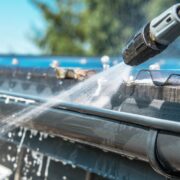





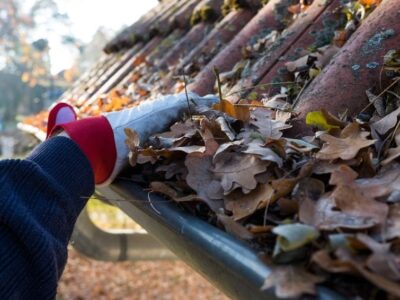
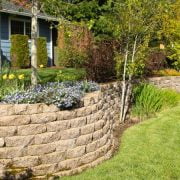
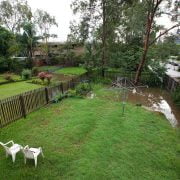
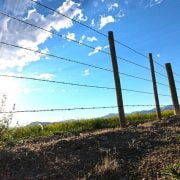
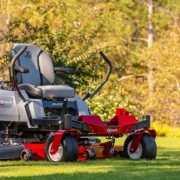
[…] Professional arborists can best execute this procedure. And if you are having second thoughts about hiring an arborist, consider reading the reasons to hire […]